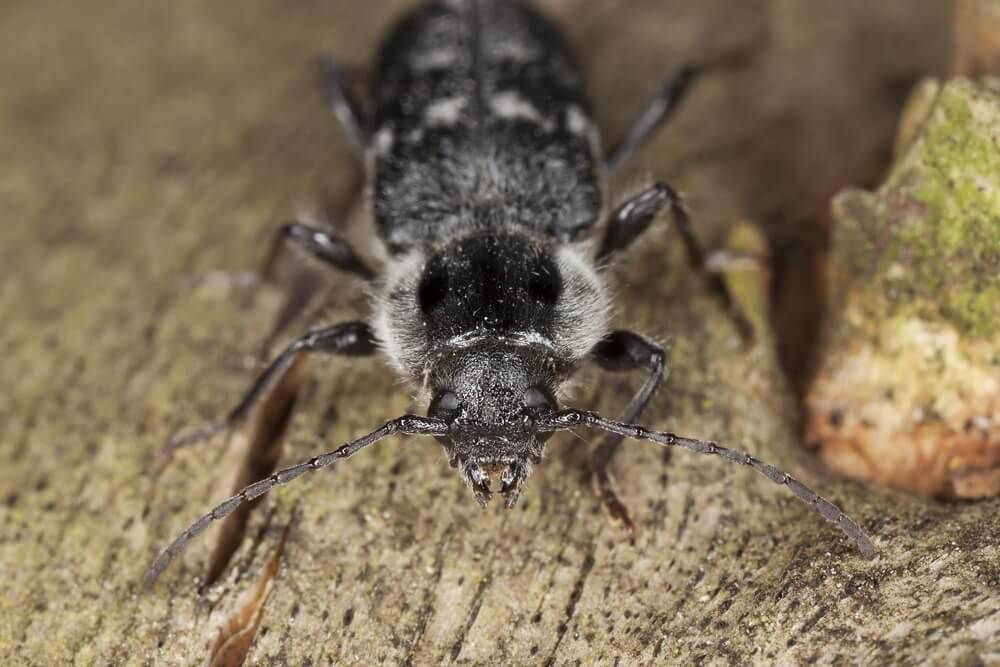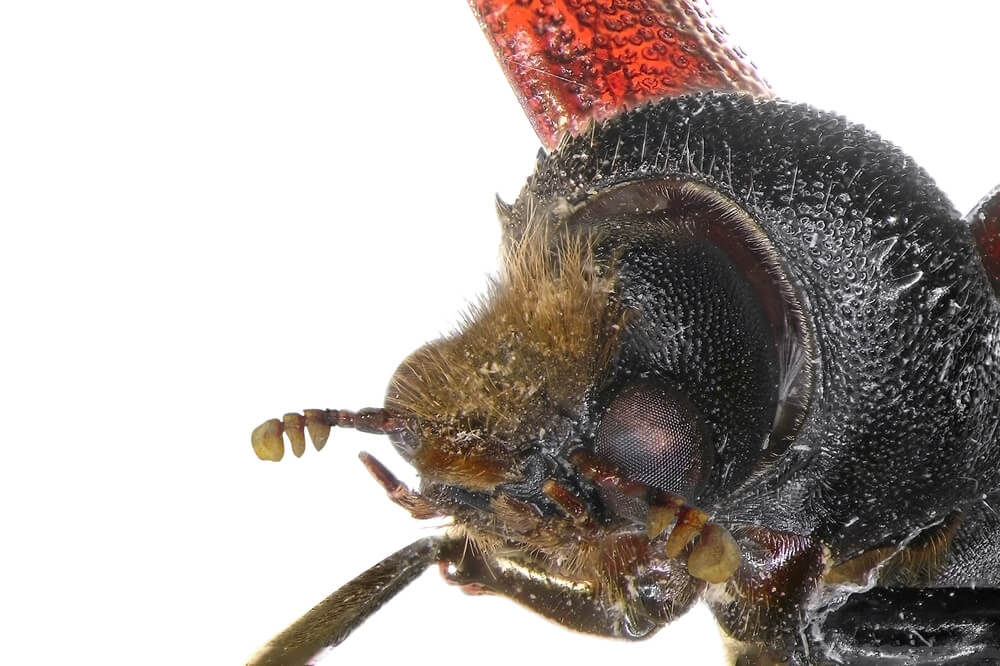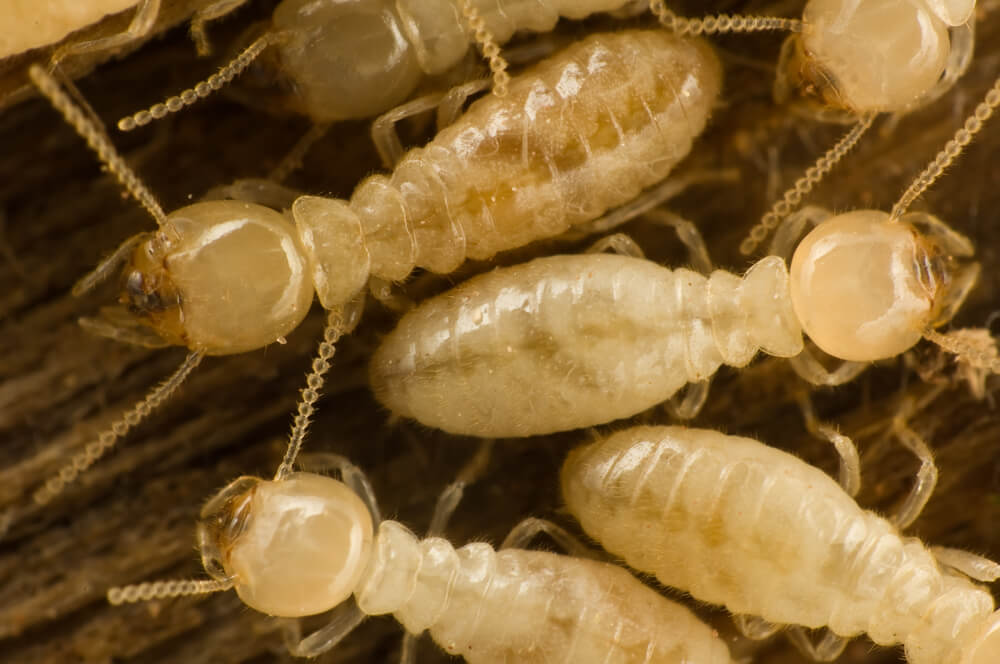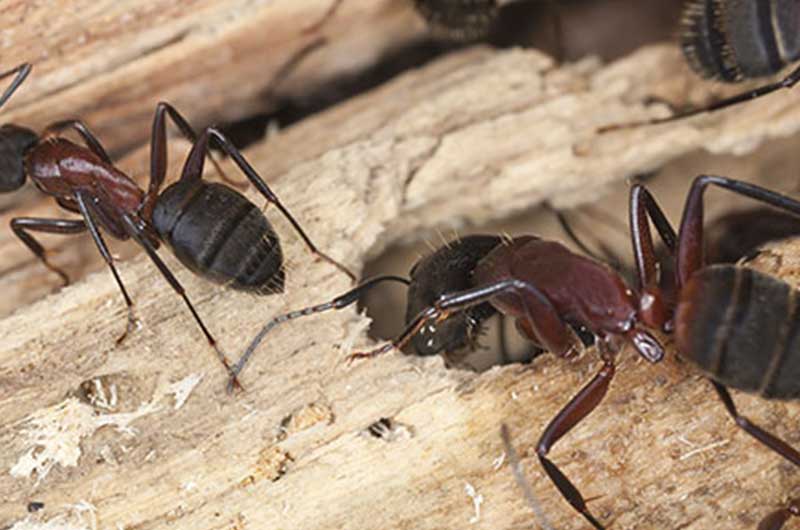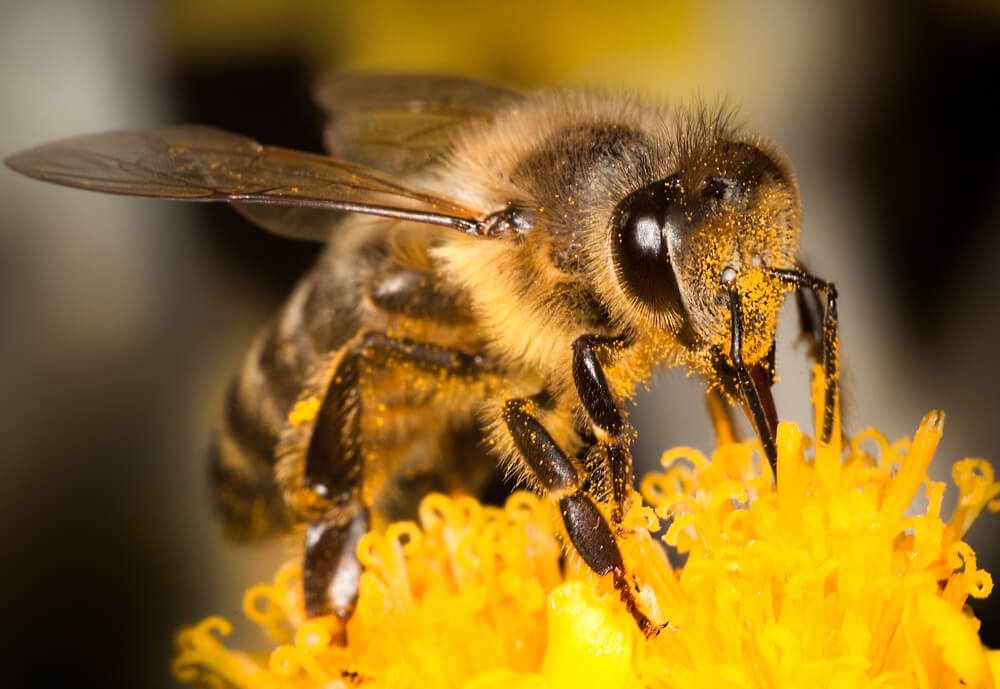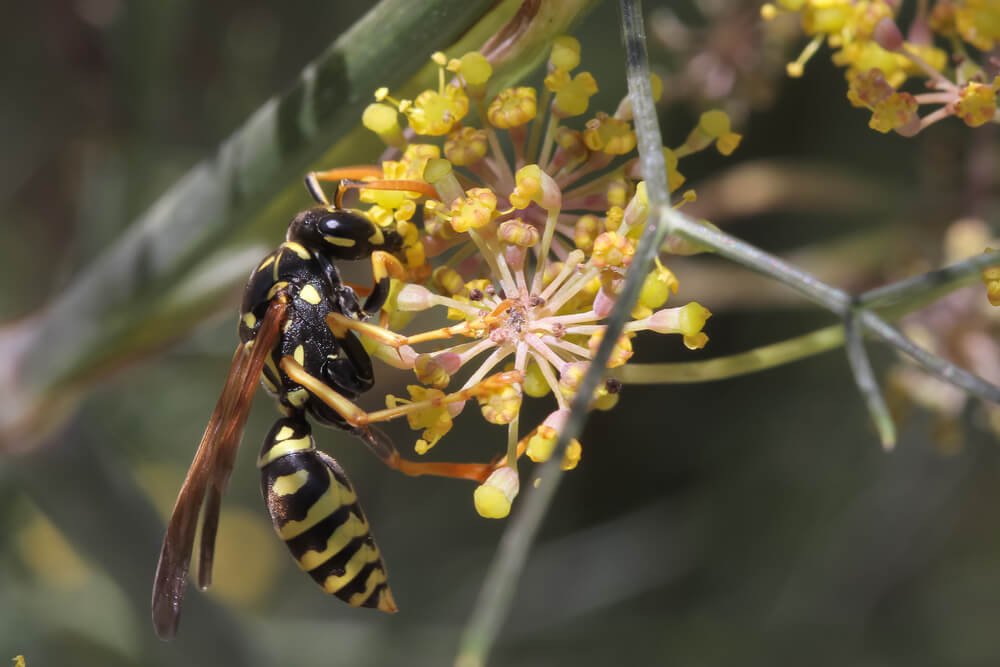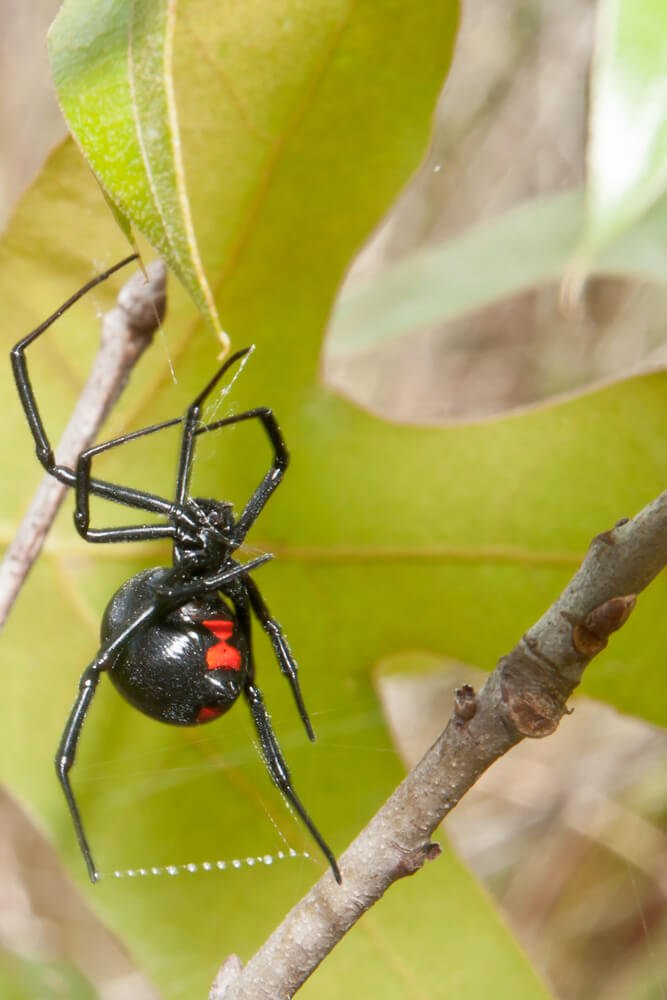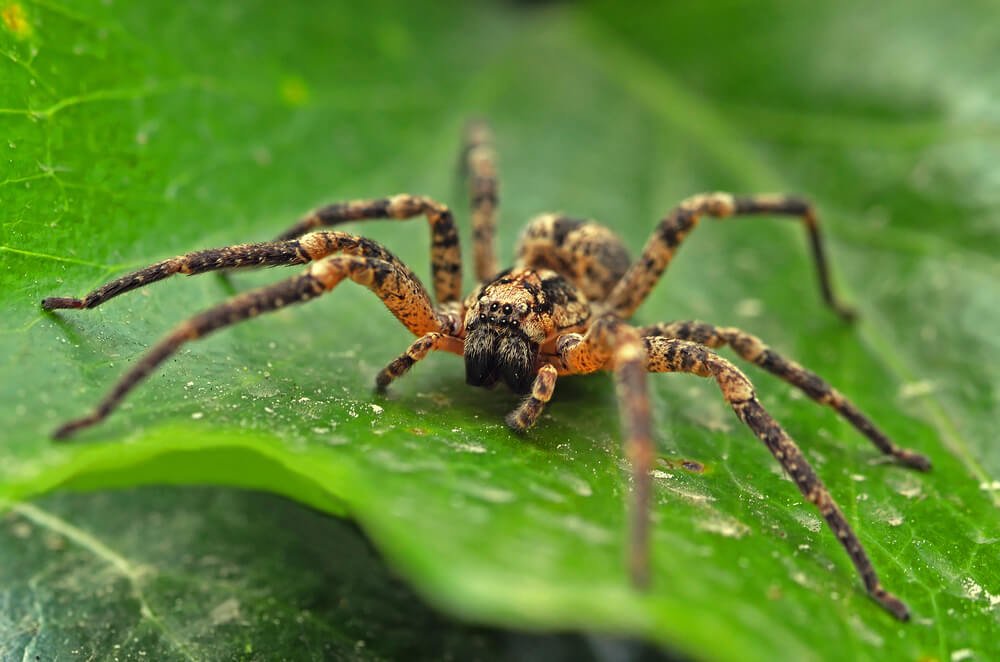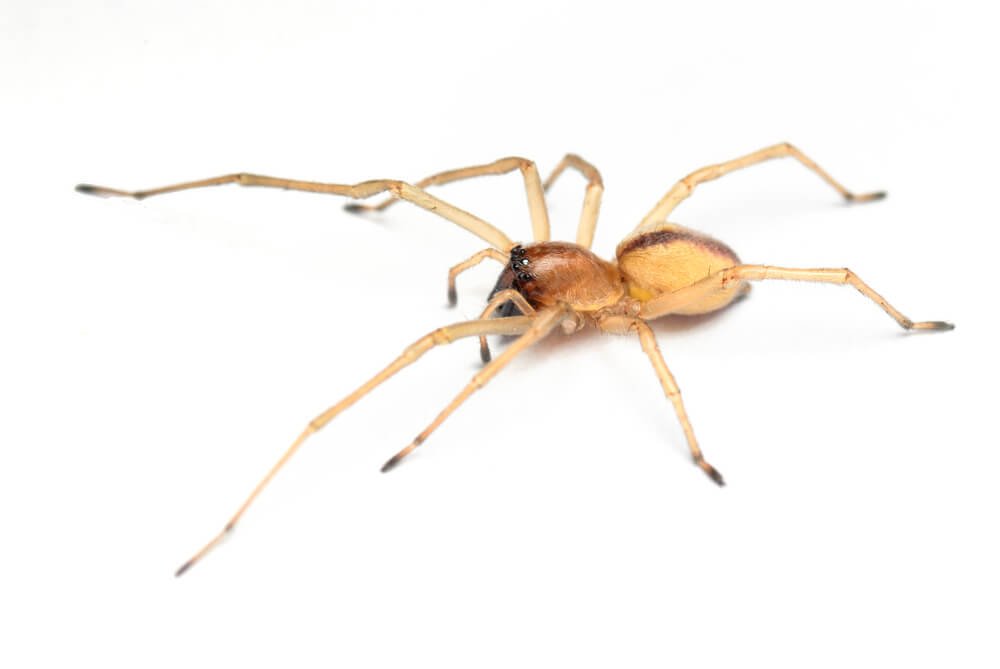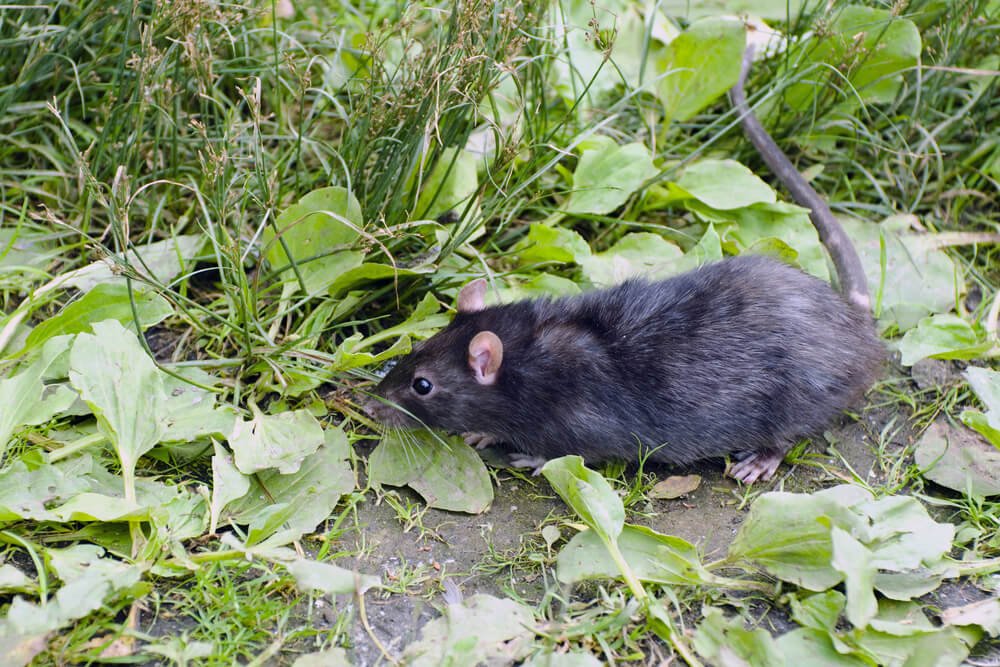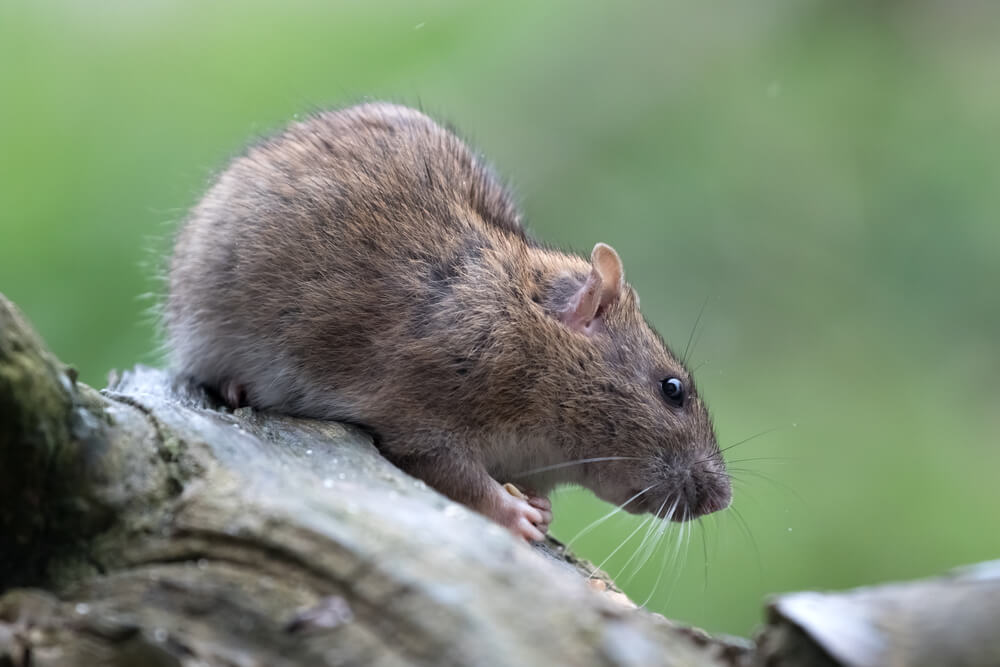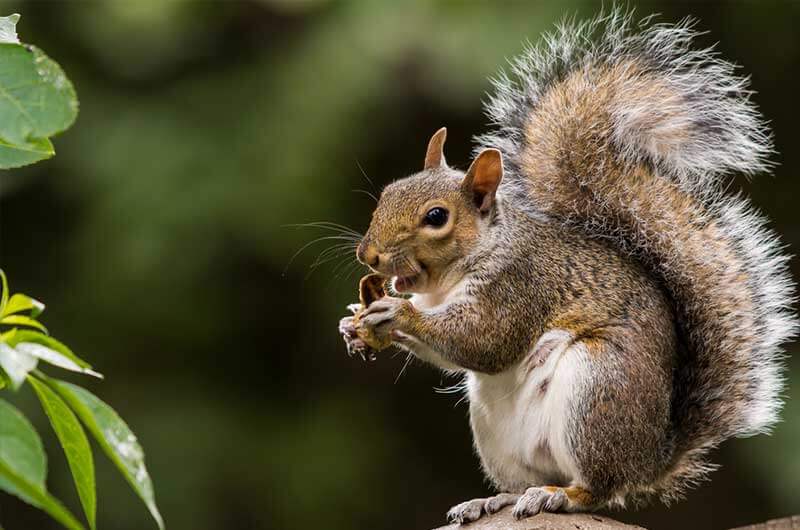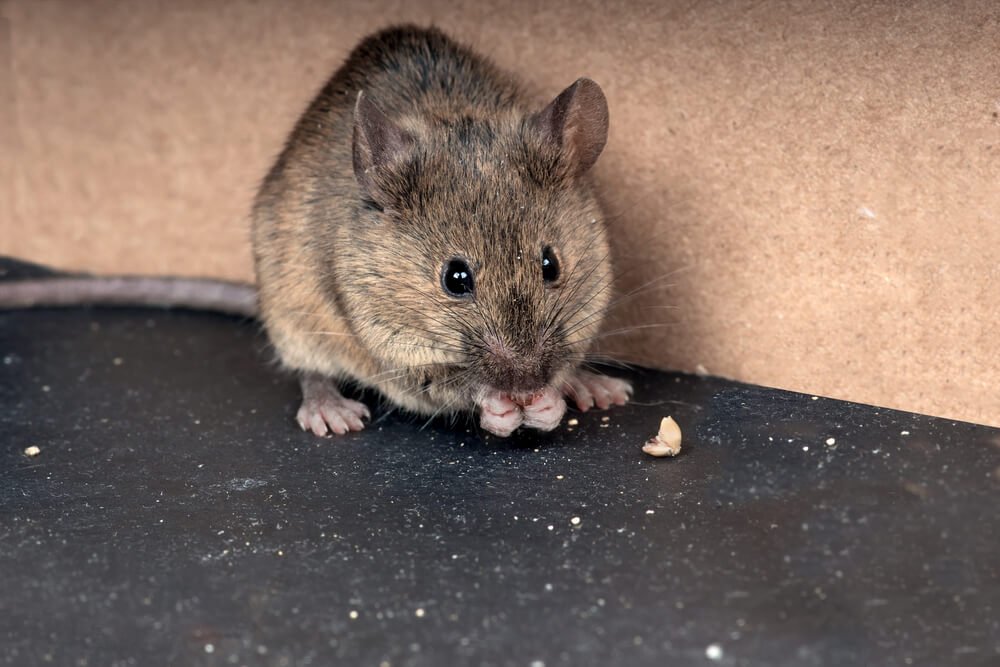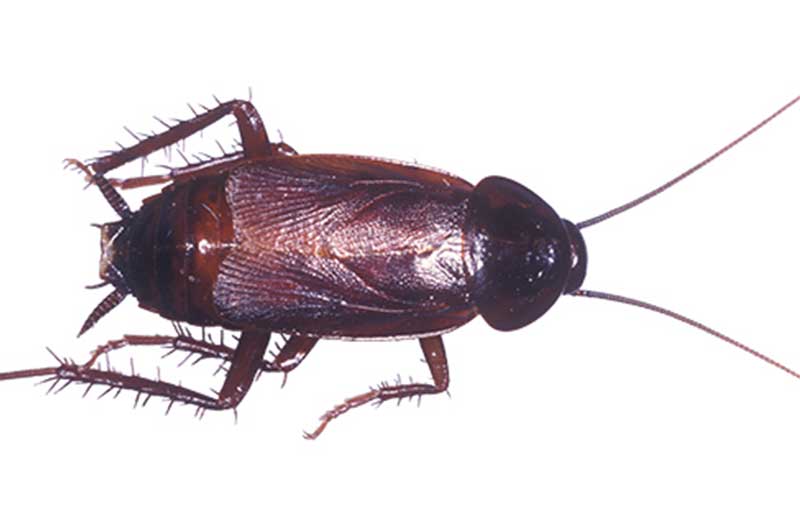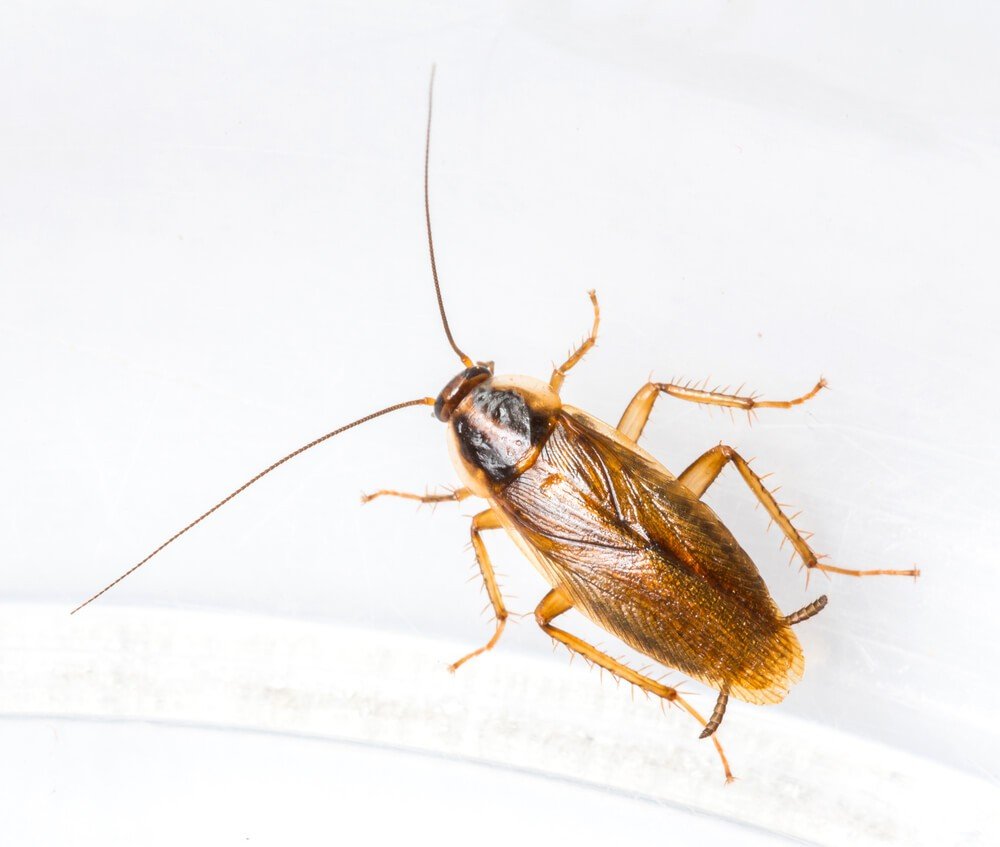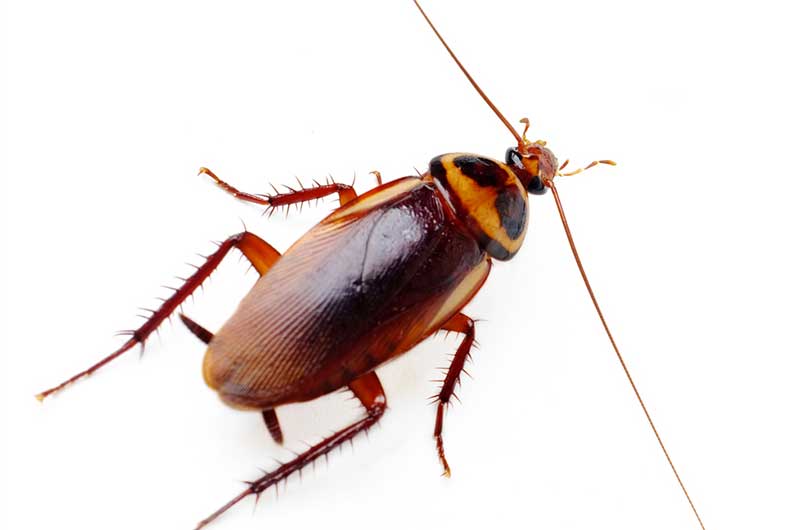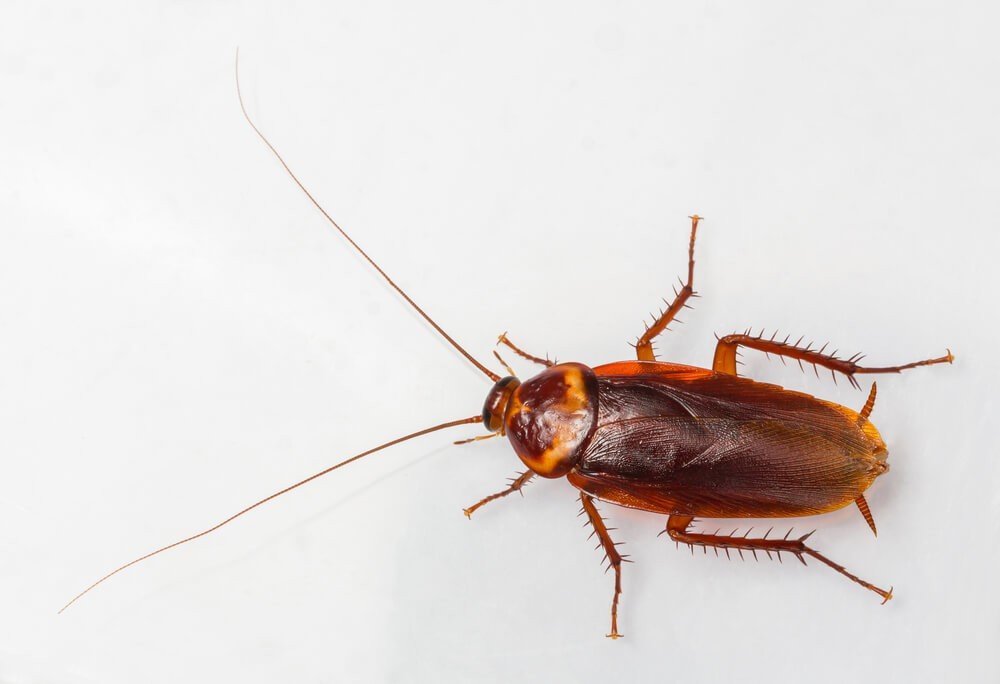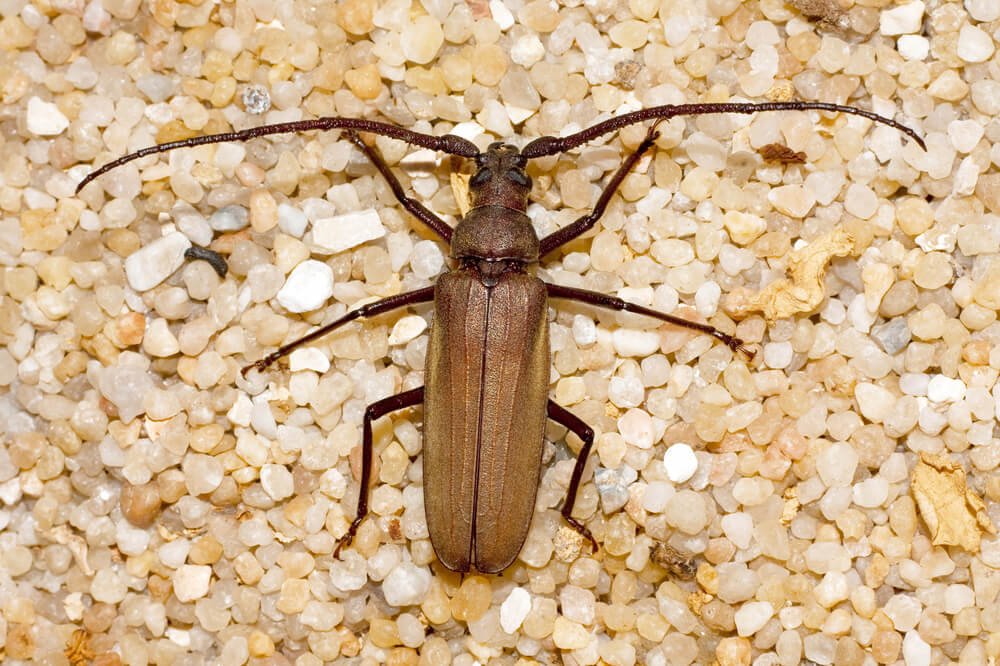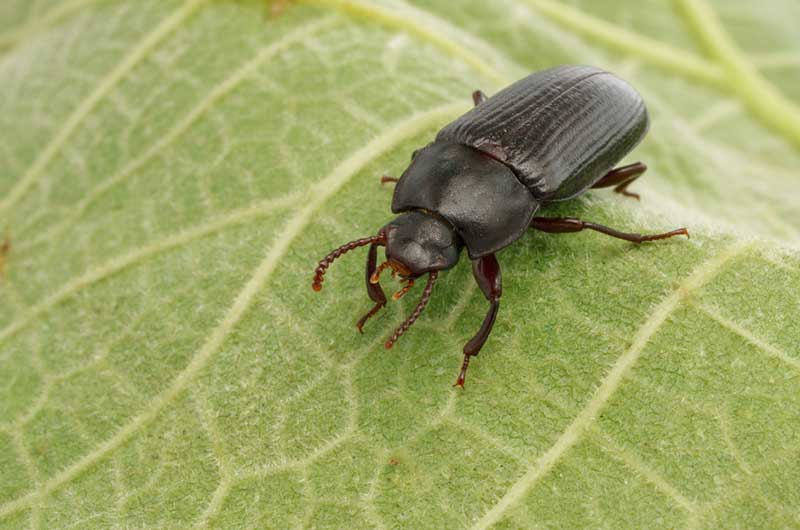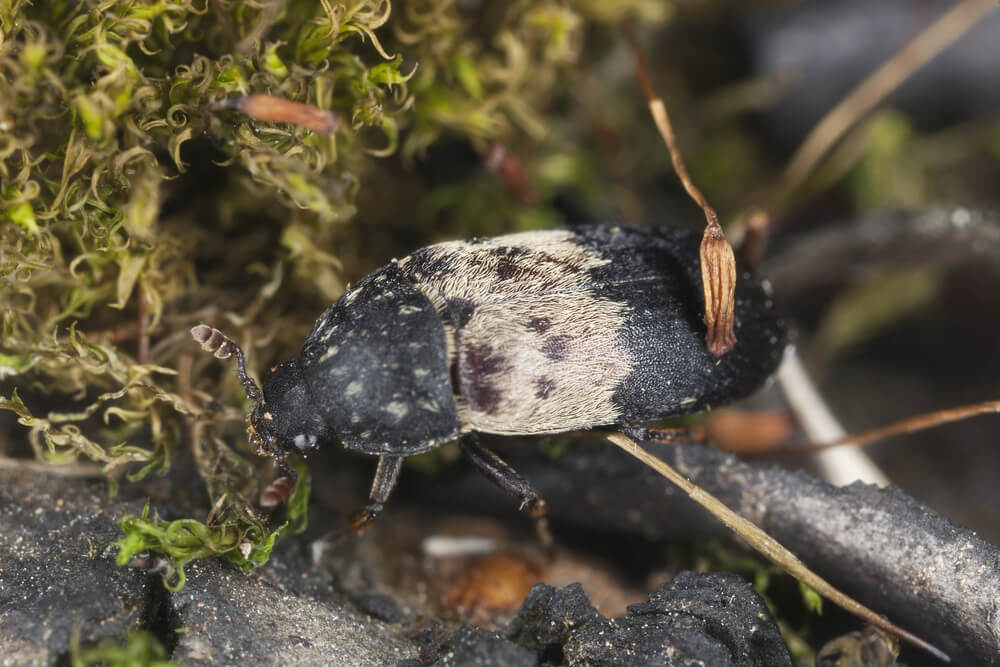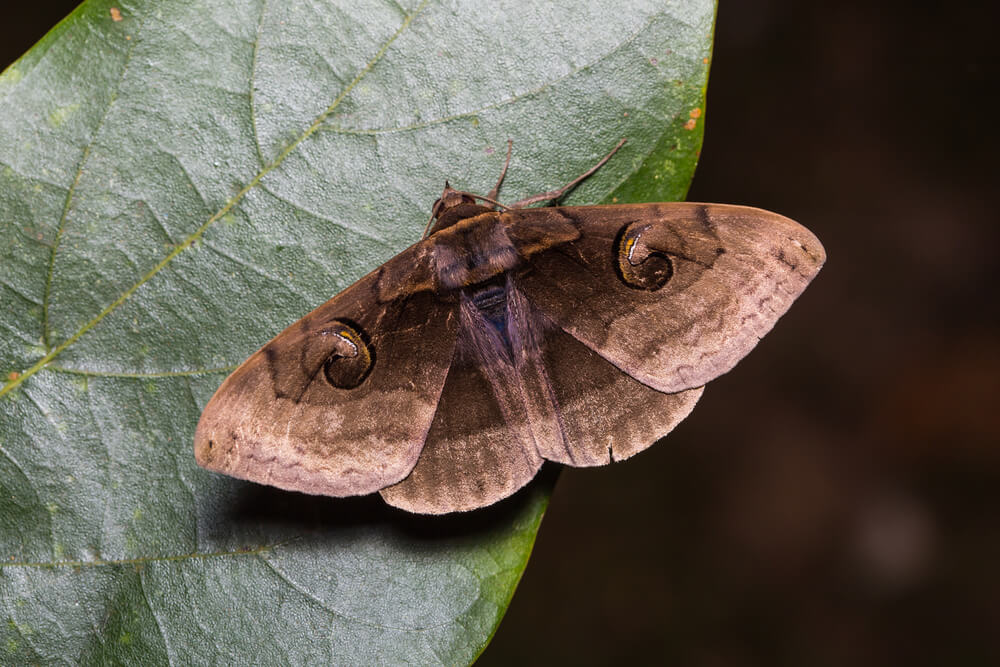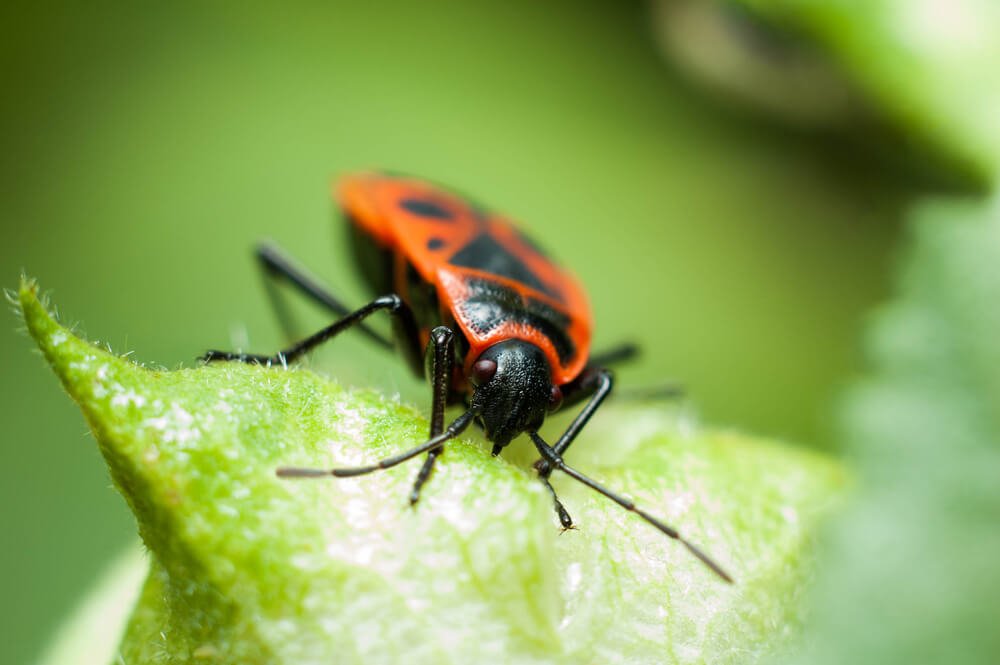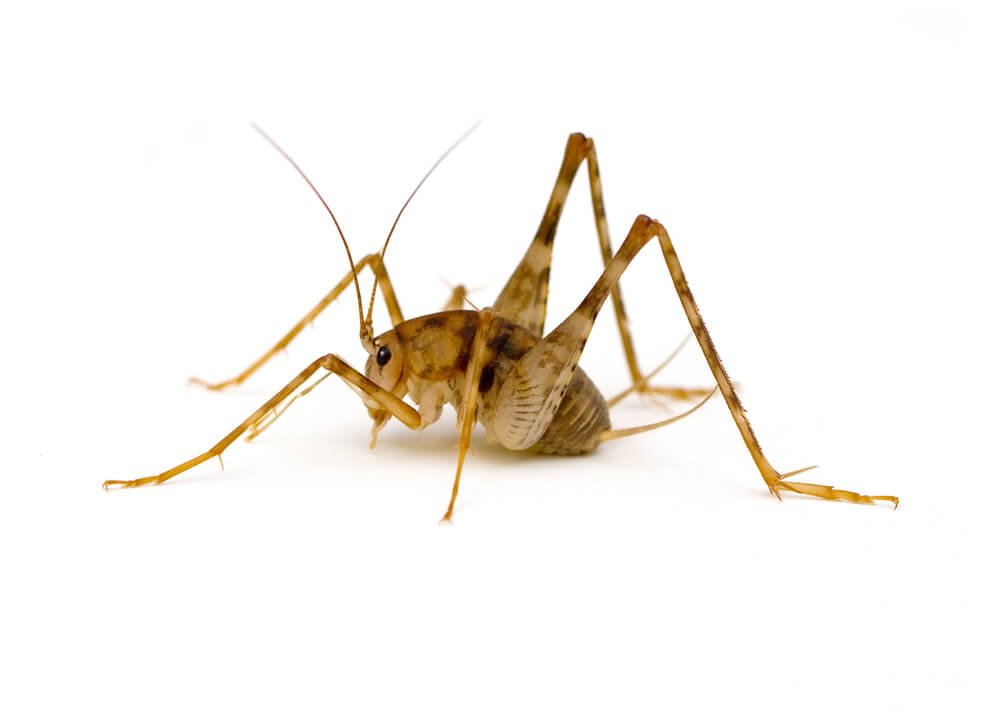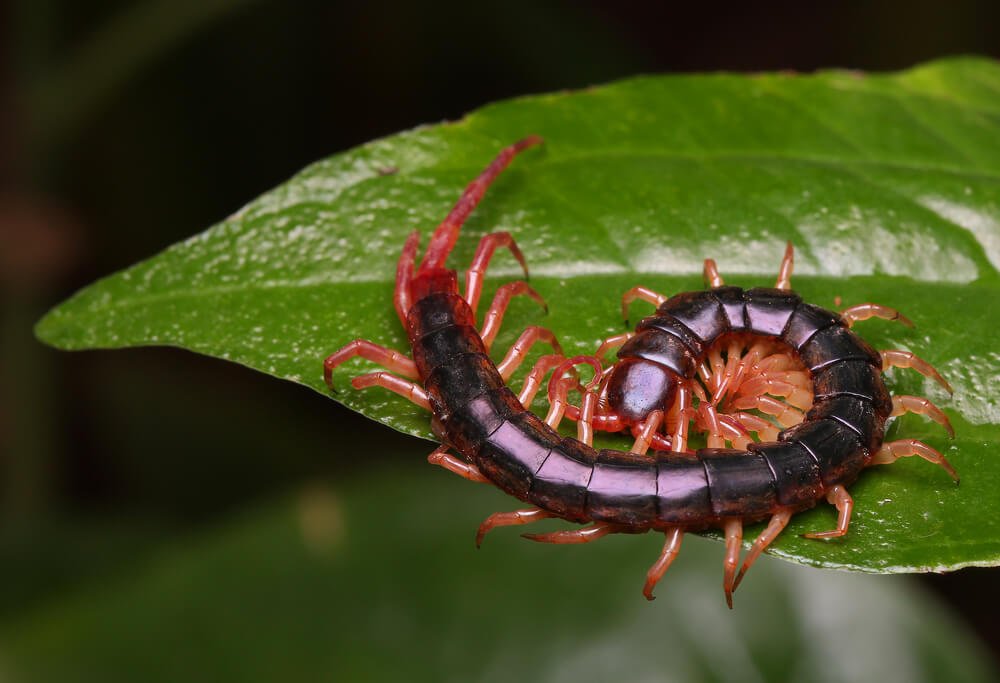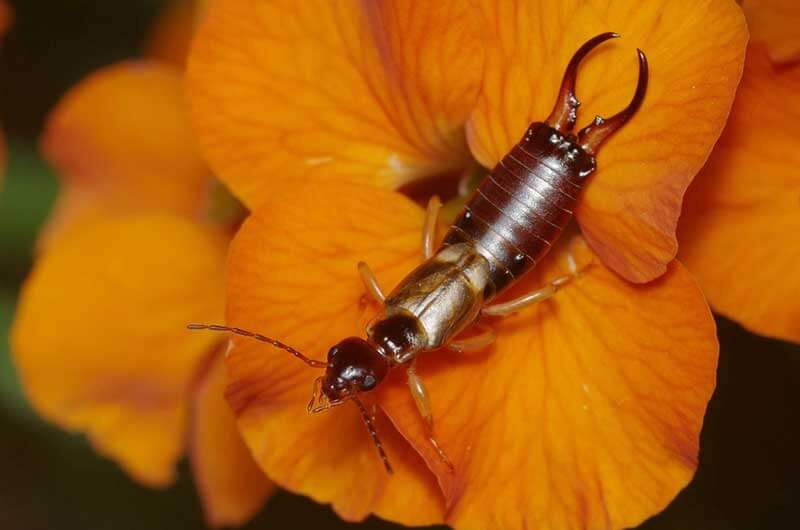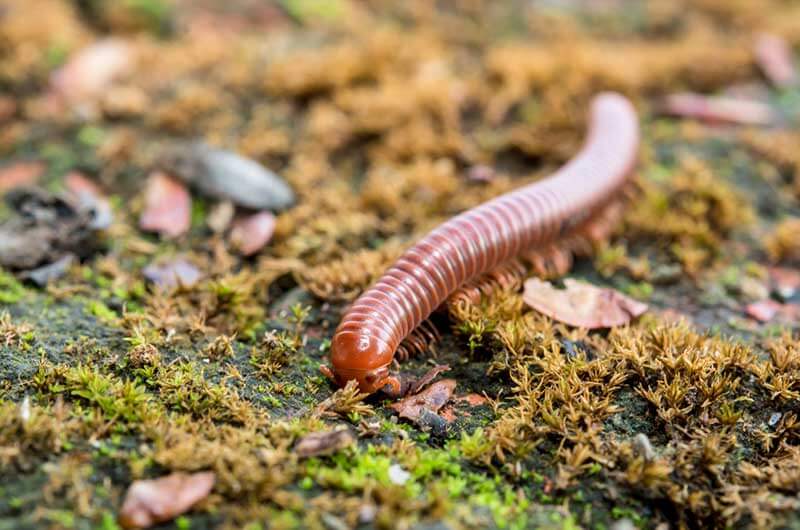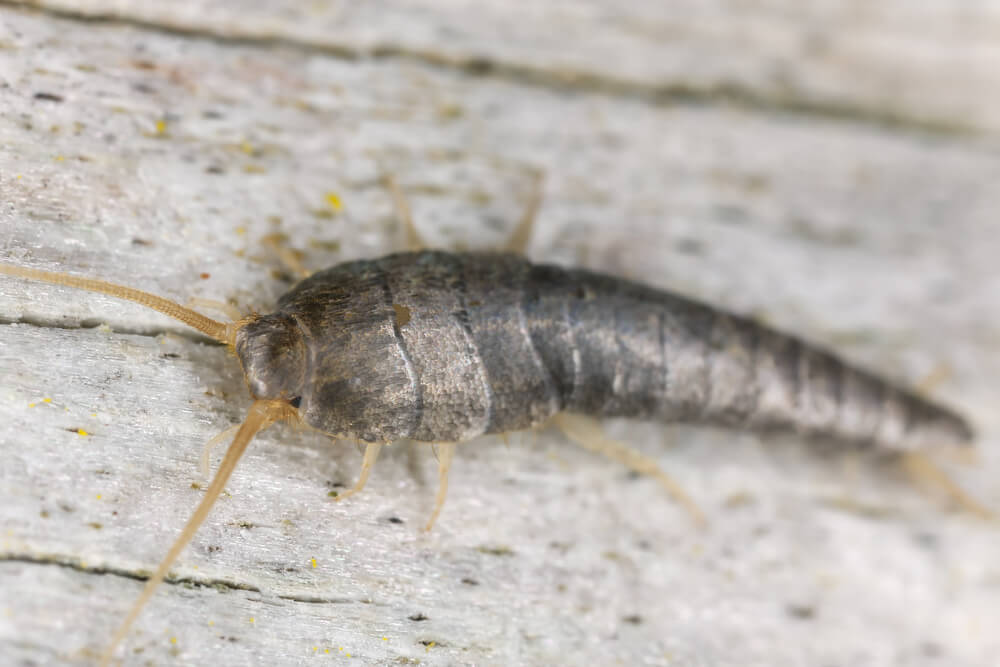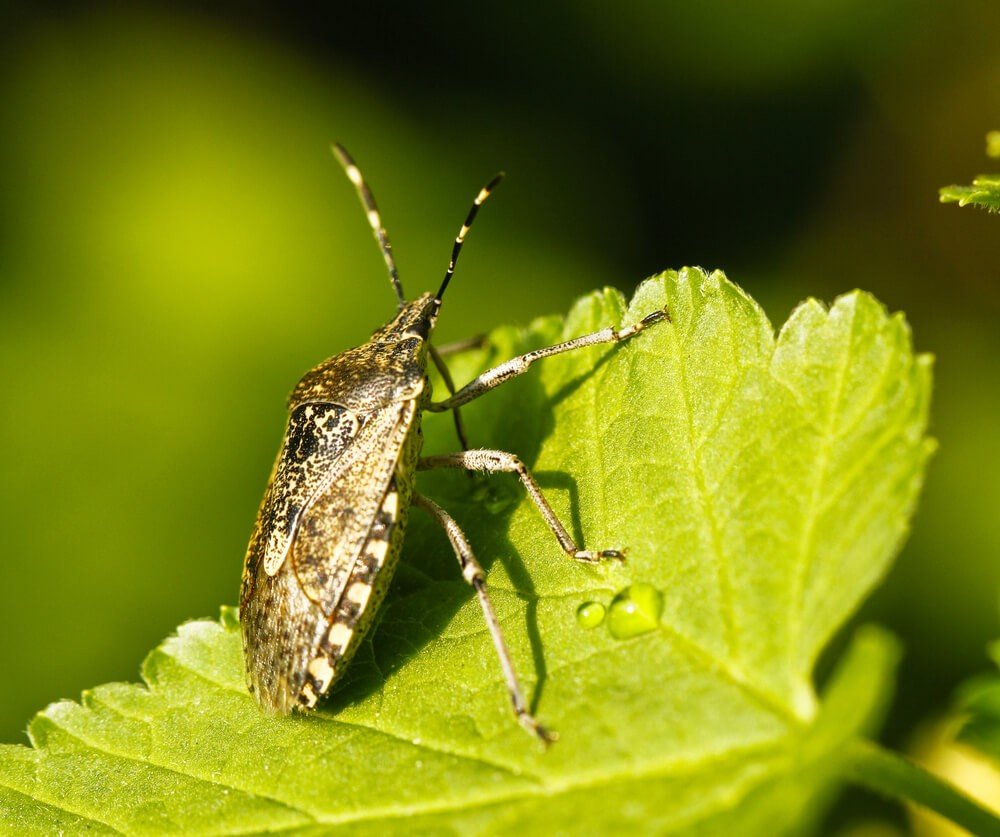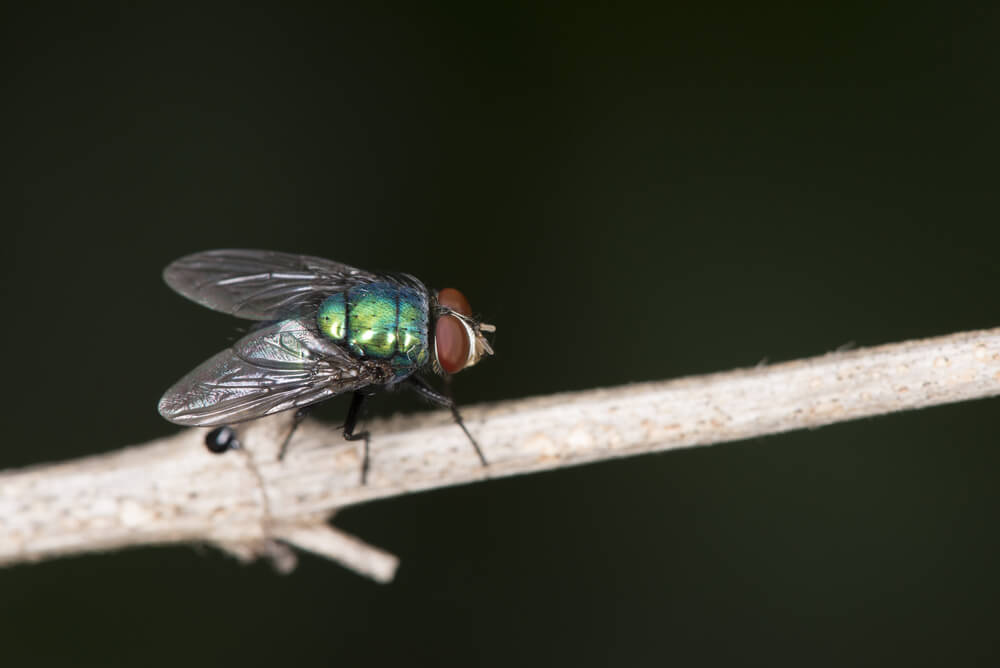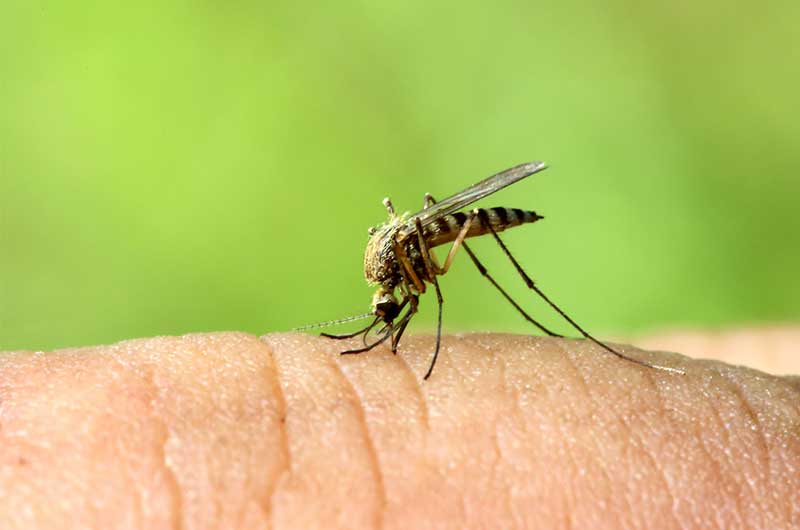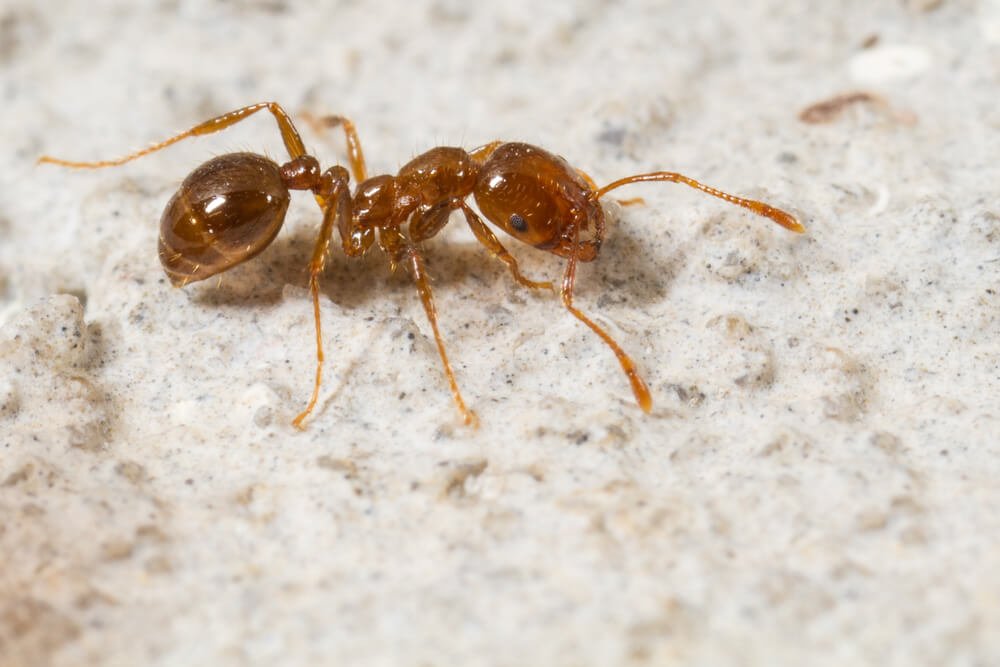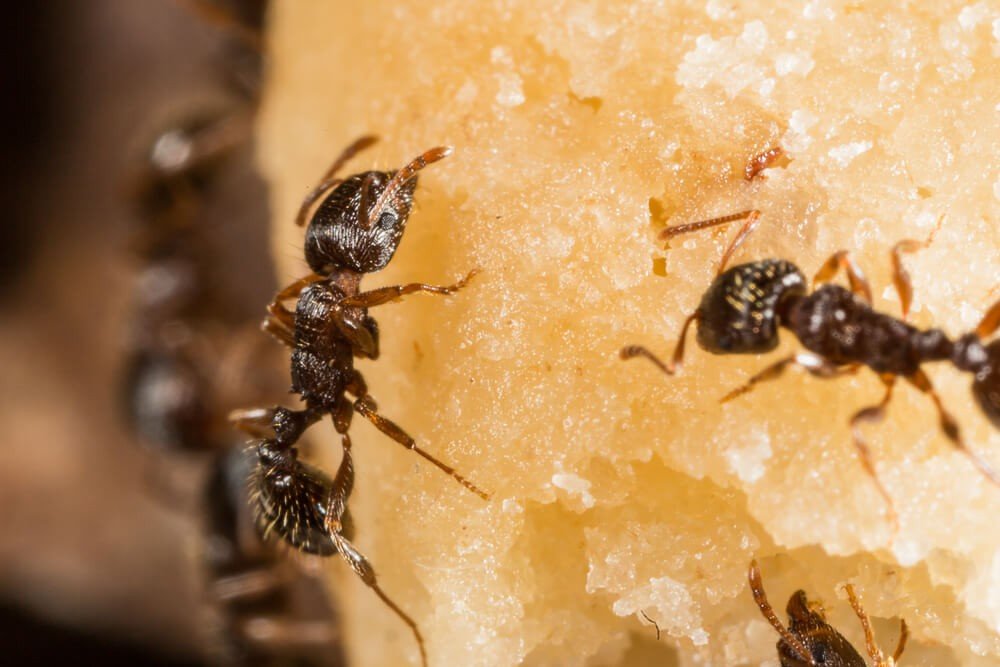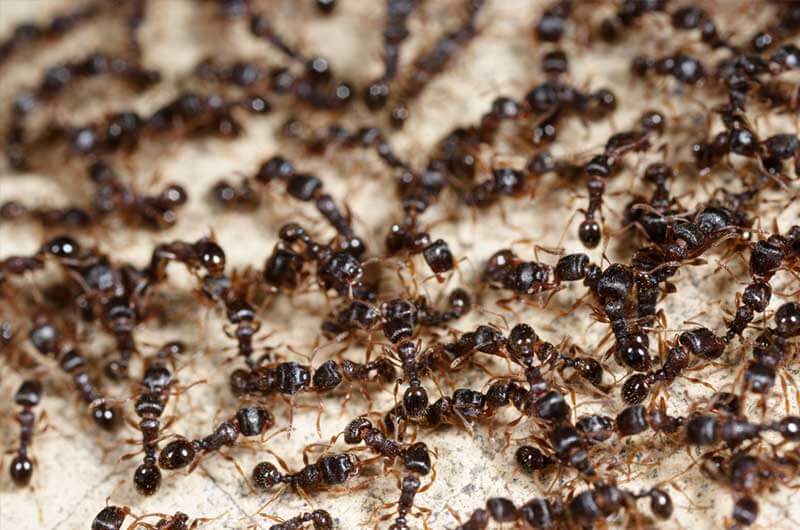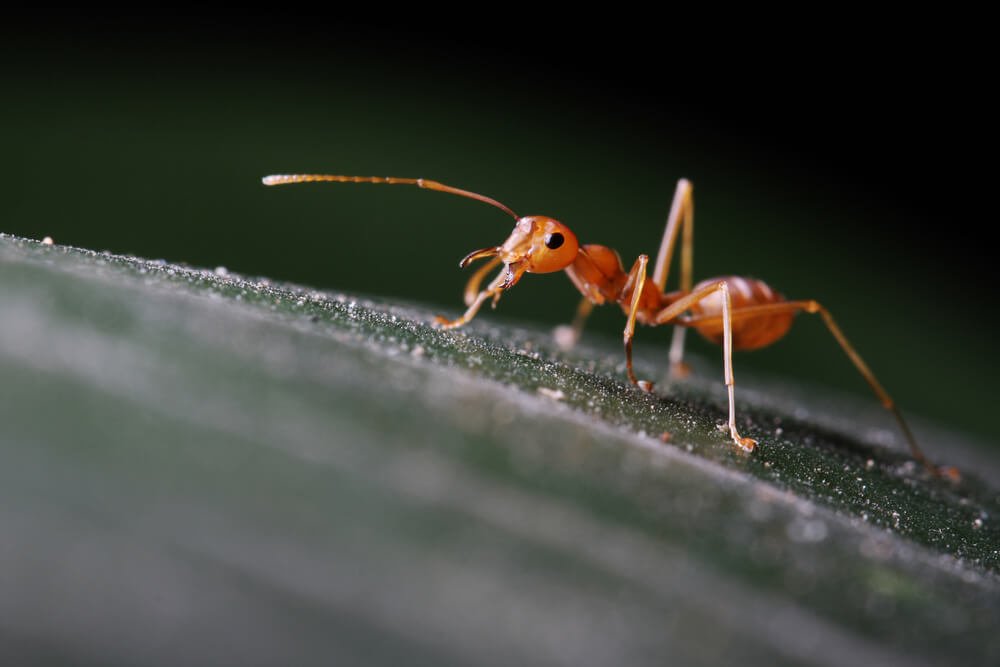When you think of spring, you probably envision blooming flowers and the return of warmer weather. But in the pest control industry, spring marks the beginning of peak pest season, when most insects are coming out of their winter hiding spots, mating – and in some cases – finding their way into our homes. Unfortunately, one of the most common springtime pests is also one of biggest threats to our homes and properties – termites.
- Home
- About
- Bugs
- Residential
- Commercial
- Services
- Real Estate Inspections
- Special Offers
- Locations
- Quote
- Blog
- Contact
- Home
- About
- Bugs
- Residential
- Commercial
- Services
- Real Estate Inspections
- Special Offers
- Locations
- Quote
- Blog
- Contact
Tag: termites
Spring Swarmers
Written by PermaTreat on . Posted in Termite Control, Uncategorized. Leave a Comment
Termites seem to come out of the woodwork every spring… but could they actually be coming in and infesting your home? Learn more about these costly pests and their life cycle.
Understanding the Termite Life Cycle
When you think of spring, you probably envision blooming flowers and the return of warmer weather. But in the pest control industry, spring marks the beginning of peak pest season, when most insects are coming out of their winter hiding spots, mating – and in some cases – finding their way into our homes. Unfortunately,
Termite Prevention
Written by PermaTreat on . Posted in Termite Control, Uncategorized. Leave a Comment
After the long, cold winter experienced across much of the country, spring can’t come soon enough for many people. Before we know it, daylight will last longer, flowers will start blooming and children will be spending more time playing outdoors. But, as the weather continues to warm, people may also start to see an unwelcome sign that spring has sprung – the presence of swarmers, or flying termites.
As spring approaches, it’s time to step up our efforts to bring termite education to consumers
Written by PermaTreat on . Posted in Termite Control. Leave a Comment
Termite control is not like fixing a leaky faucet. Fail to do it right and you and your home most likely will pay the price. Leave it to the professionals.
5 Things You Could Be Doing That Attract Termites
Written by webadmin on . Posted in Termite Control. Leave a Comment
What attracts termites? Does mulch? Do pine cones? It’s hard to prevent a home termite infestation if you don’t know what draws them to your property.
Oftentimes, homeowners make a concerted effort to complete seasonal projects around the home to prevent pests from coming inside. However, some of these tasks may actually be doing more harm than good, especially when it comes to termites. Check out this slideshow to find out if you are attracting termites to your home.
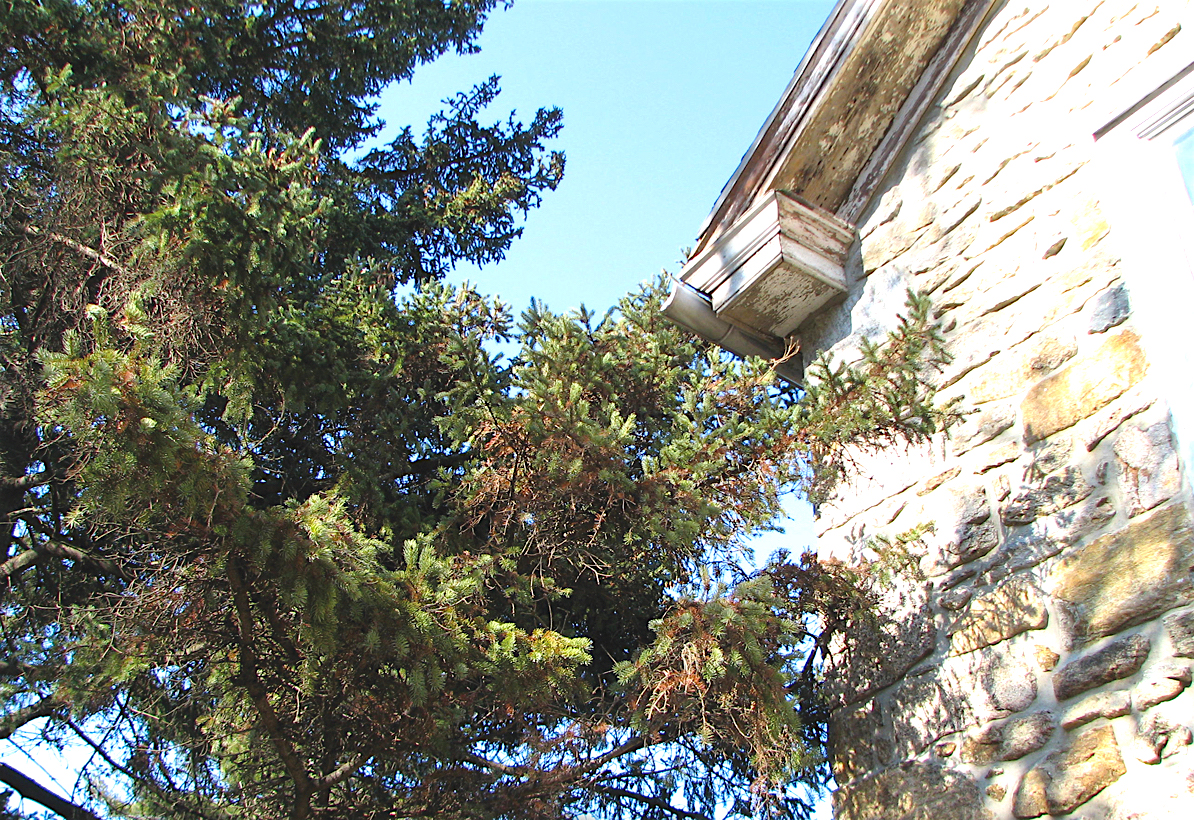
Trees
Tree limbs and leaves that come in contact with the roof and home exterior can provide a pathway for termites seeking a new colony location. Additionally, tree limbs that block sunlight can slow the evaporation of precipitation, encouraging moisture build-up.
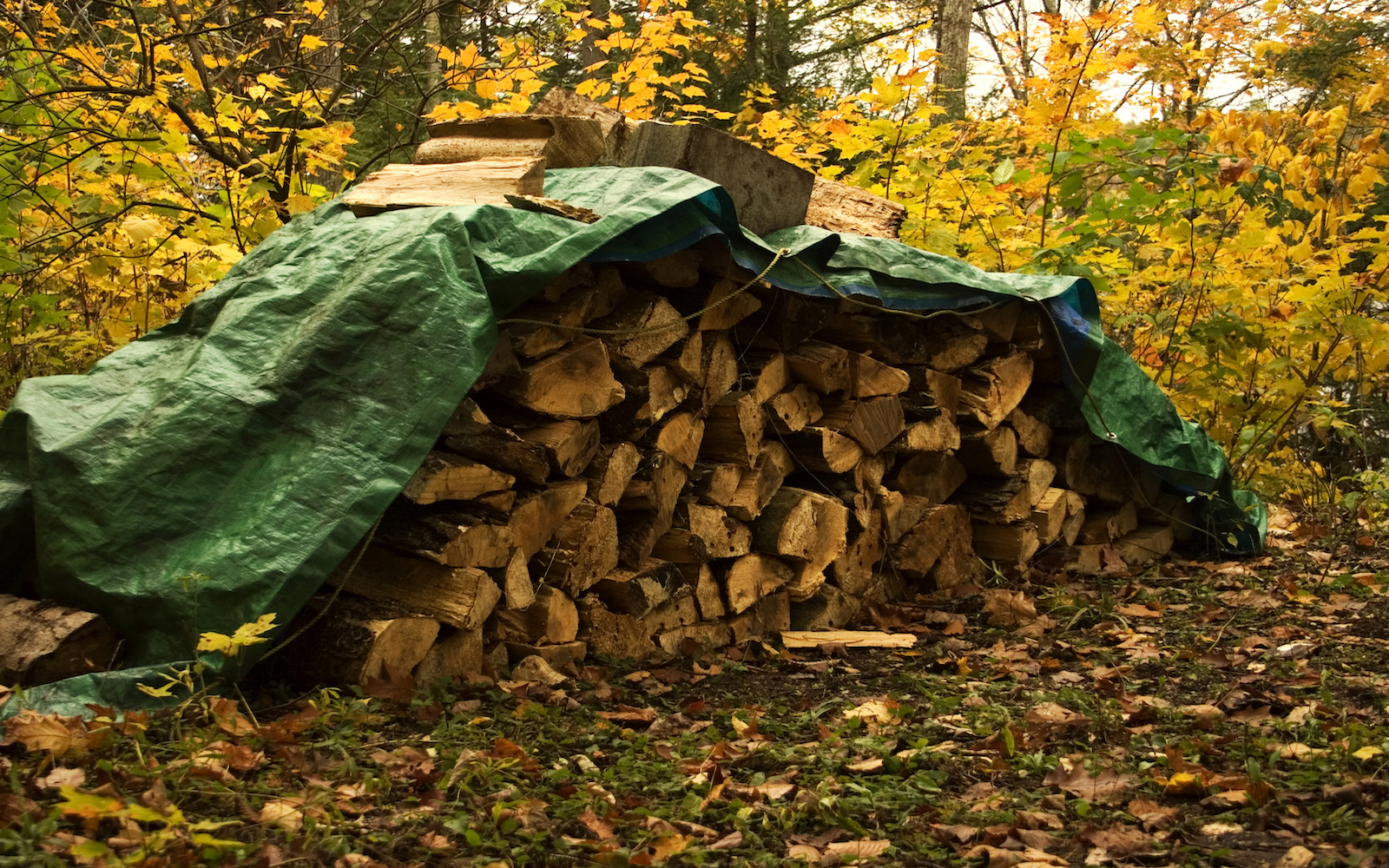
Firewood & Woodpiles
Many homeowners keep firewood stacked against their home or on the stoop for easy access. However, doing so can draw termites toward the home and provide a point of entry. The NPMA recommends keeping firewood and woodpiles at least 20 feet away from the home and if possible, store wood raised at least 5 inches from the ground.
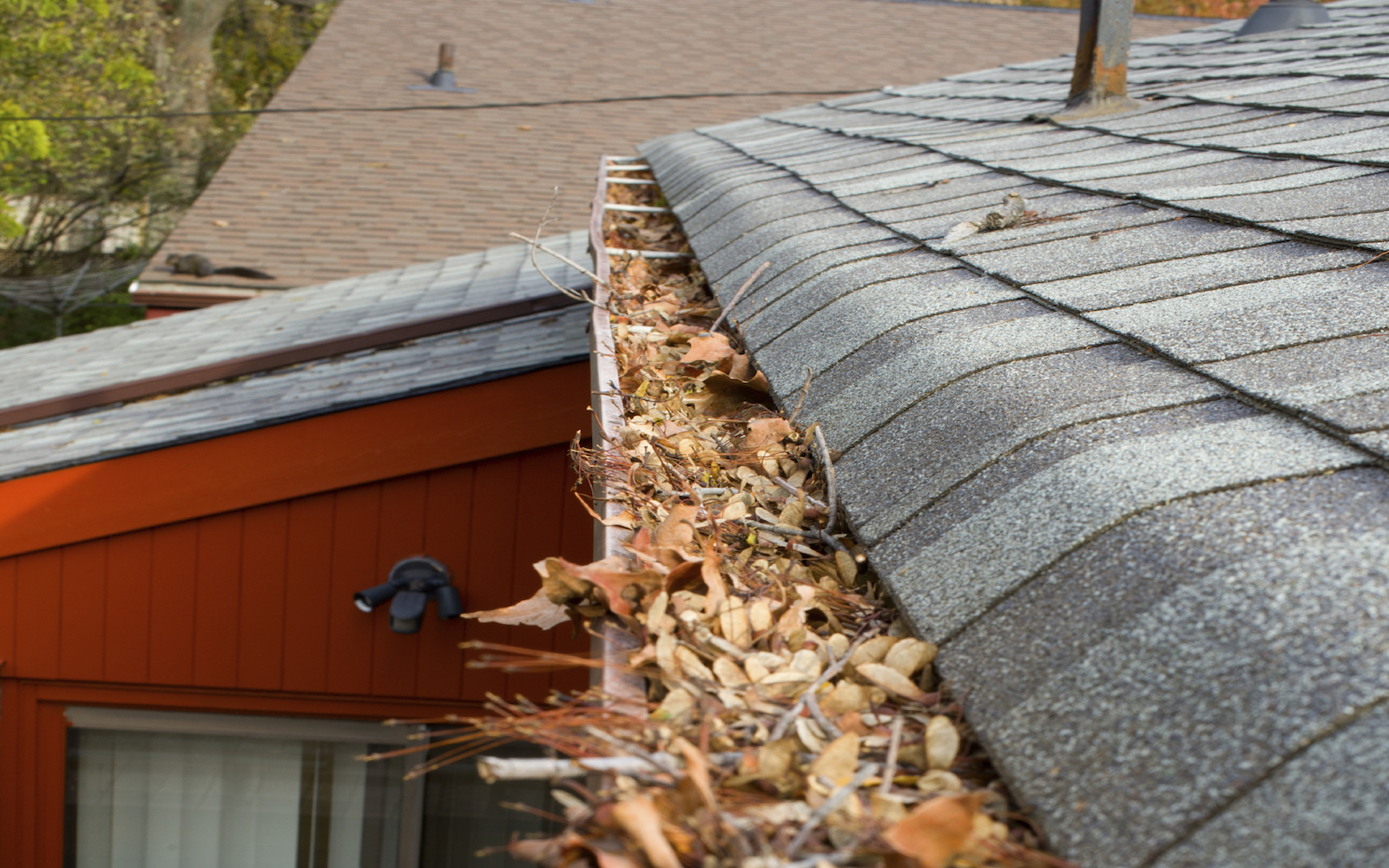
Improper Drainage
It’s no one’s favorite chore, but cleaning the gutters is also a necessary part of termite prevention. Termites are attracted to moisture and clogged gutters can cause water to pool and make insulation vulnerable to termites. Diverting rainwater away from the foundation with down-spout extenders and splash blocks will also prevent water from pooling and attracting termites.
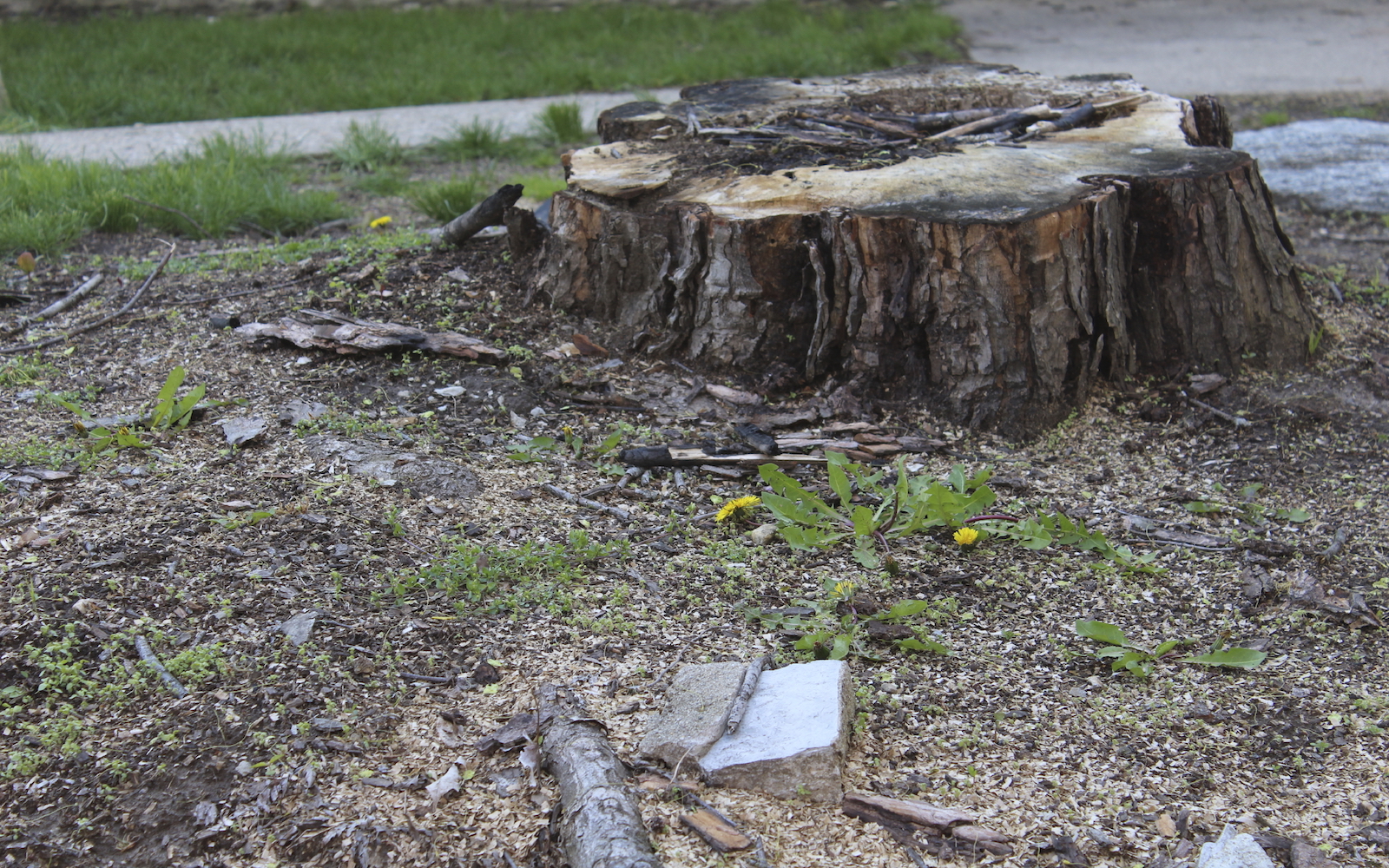
Excess Wood
Many people are guilty of leaving stumps and dead trees in their yard. However, any rotting wood material can serve as termite fuel and eventually result in termites entering the home.

Mulch
Mulch is frequently used near the home and against the foundation. However, mulch can serve as a source of food for termites and also retains moisture, which attracts these destructive pests. Minimize the usage of wood mulch and keep it at least 15 inches from the foundation. Monitor existing mulch for any signs of termite activity, especially below the surface.

Trees
Tree limbs and leaves that come in contact with the roof and home exterior can provide a pathway for termites seeking a new colony location. Additionally, tree limbs that block sunlight can slow the evaporation of precipitation, encouraging moisture build-up.

Firewood & Woodpiles
Many homeowners keep firewood stacked against their home or on the stoop for easy access. However, doing so can draw termites toward the home and provide a point of entry. The NPMA recommends keeping firewood and woodpiles at least 20 feet away from the home and if possible, store wood raised at least 5 inches from the ground.
Termites are a destructive pest that cannot be eradicated with do-it-yourself measures. In fact, termites lead to more than $5 billion in property damage each year. If you are concerned that you may have attracted a termite problem on your property, make sure you contact Permatreat Pest and Termite Control of Virginia to conduct a thorough inspection.
Swarming Insects In My Yard?
Written by webadmin on . Posted in Permatreat Blog, Termite Control. Leave a Comment
This is the time of year when you ‘ll see clusters of insects with wings, swarming in areas such as mulch beds, in cracks in foundations or sidewalks and even near trees.
Most often these insects are flying termites or “swarmers”! They appear and are often the first signs to homeowners that a well-established colony is near.
There are four types of termites, but the termite specific to Virginia is the subterranean termite.
Subterranean termite colonies are always connected to the soil and usually close to a moisture source.
If you notice flying termites in your yard or near your home, and you are not under a termite protection plan, contact a pest control company immediately for a free inspection.
An average colony consists of 60,000 to 250,000 termites and depending on how close they are to your home may mean that they are already in contact with your home’s foundation.
In their search for food (wood/cellulose) and moisture, termites will squeeze through cracks as narrow as 1/32 of an inch to enter your home! Expansion joints, foundation cracks, tiny gaps around plumbing, and service entries are all potential entry points. And once they’re in, undetected termites can mean untold damage.
PermaTreat Pest and Termite Control
Are pests invading your home? Call PermaTreat now at 866-737-6287 for a home inspection today!
Contact Us
Find Us
© All Rights Reserved.







